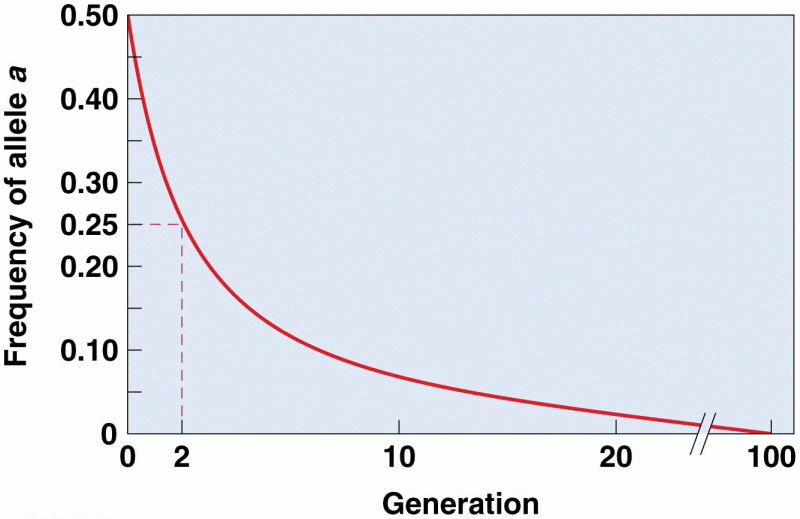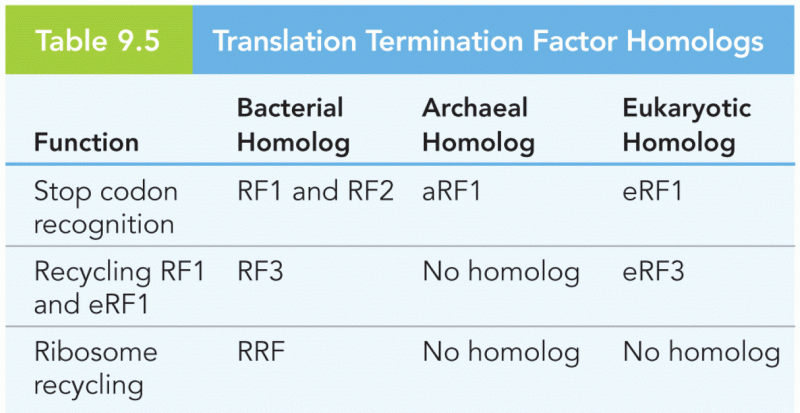This topic contains a solution. Click here to go to the answer
|
|
|
Did you know?
Symptoms of kidney problems include a loss of appetite, back pain (which may be sudden and intense), chills, abdominal pain, fluid retention, nausea, the urge to urinate, vomiting, and fever.
Did you know?
The familiar sounds of your heart are made by the heart's valves as they open and close.
Did you know?
Of the estimated 2 million heroin users in the United States, 600,000–800,000 are considered hardcore addicts. Heroin addiction is considered to be one of the hardest addictions to recover from.
Did you know?
There are more bacteria in your mouth than there are people in the world.
Did you know?
Bacteria have flourished on the earth for over three billion years. They were the first life forms on the planet.







